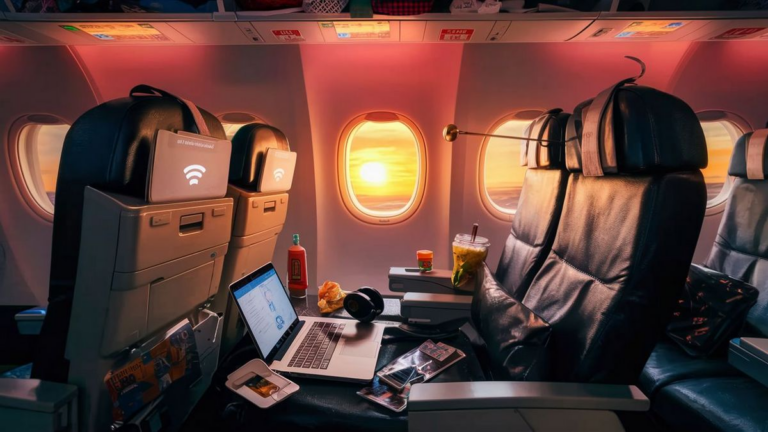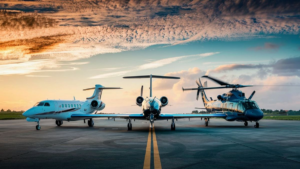Curious whether you can stay connected while soaring through the skies? Let’s dive into the world of in-flight WiFi and explore the possibilities.
The Evolution of In-Flight Connectivity
Traditionally, airplane cabins were devoid of internet access. However, with the advancement of technology, many airlines now offer in-flight WiFi services to cater to the connectivity needs of passengers.
How Does In-Flight WiFi Work?
In-flight WiFi relies on satellite technology or ground-based antennas to establish a connection between the aircraft and the internet. Satellite-based systems provide coverage over vast areas, making them ideal for long-haul flights, while ground-based systems are more suitable for shorter routes.
Availability of In-Flight WiFi
While in-flight WiFi is becoming increasingly common, its availability varies among airlines and aircraft. Some airlines offer complimentary WiFi to all passengers, while others may charge a fee for access. Additionally, not all aircraft are equipped with WiFi capabilities, so it’s essential to check with your airline before boarding.
Factors Affecting In-Flight WiFi Availability
Several factors can influence the availability and quality of in-flight WiFi, including:
- Airline policies and partnerships with WiFi providers
- Flight route and geographic location
- Technical limitations or maintenance issues
Benefits of In-Flight WiFi
Access to in-flight WiFi offers passengers a range of benefits, including:
- Productivity: Passengers can stay connected and work on tasks during flights.
- Entertainment: Streaming movies, music, and other media content is possible with WiFi access.
- Communication: Stay in touch with friends, family, or colleagues through messaging apps and email.
Challenges of In-Flight WiFi
Despite its advantages, in-flight WiFi may present some challenges, such as:
- Cost: Some airlines charge a fee for WiFi access, which may deter passengers.
- Reliability: Connectivity issues or slow internet speeds can frustrate users.
- Security: Using public WiFi networks can pose security risks, so it’s essential to take precautions when accessing sensitive information.
In-flight WiFi has revolutionized air travel by keeping passengers connected even at 30,000 feet. While its availability and quality may vary, the convenience and benefits it offers make it a valuable amenity for modern travelers.
Future Trends in In-Flight Connectivity
As technology continues to advance, the future of in-flight WiFi looks promising with several emerging trends:
- High-Speed Connectivity: Innovations in satellite technology and network infrastructure aim to provide faster and more reliable in-flight internet speeds, enhancing the overall passenger experience.
- Expanded Coverage: Airlines are working to extend WiFi coverage to more routes and regions, ensuring connectivity on a global scale.
- Integration of IoT: The integration of Internet of Things (IoT) devices within aircraft systems could enable enhanced monitoring, maintenance, and passenger services, leveraging in-flight WiFi networks.
Frequently Asked Questions
Here are some common questions related to in-flight WiFi:
| Question | Answer |
|---|---|
| Is in-flight WiFi free on all airlines? | No, the availability of free in-flight WiFi varies among airlines. Some offer complimentary access, while others may charge a fee. |
| Can I stream Netflix or other video services with in-flight WiFi? | It depends on the airline and the quality of the WiFi connection. While some airlines may support streaming services, others may have restrictions or limitations. |
| How secure is in-flight WiFi? | In-flight WiFi networks can pose security risks similar to public WiFi networks. It’s advisable to use a virtual private network (VPN) for added security when accessing sensitive information. |
See also:






